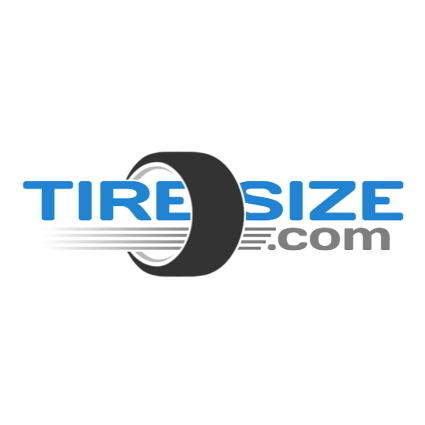RockShawn
Active Member
- Messages
- 54
- Reaction score
- 40
- Points
- 27
- Boat Make
- Yamaha
- Year
- 2022
- Boat Model
- FSH Sport
- Boat Length
- 19
If you are anything like me, you probably don’t have OEM size tires on your tow rig. Especially if you have a 4x4 or HD truck. Tire vendors like to only go by the OEM door sticker for psi no matter the tire you switched too, but larger tires in the same load range can typically take the vehicle load at lower psi.
For example Load E 265/70/17’s need 60psi for a 2700lb load each, but 35x12.50-17’s only need 44psi for the same 2700lb capability.
You can do the math yourself or use this handy website calculator. Just follow the prompts to enter the OEM info and then what you changed to and it gives you the equivalent psi for the same load.

 tiresize.com
tiresize.com
This way you don’t feel like you are riding rocks. Happy calculating!
For example Load E 265/70/17’s need 60psi for a 2700lb load each, but 35x12.50-17’s only need 44psi for the same 2700lb capability.
You can do the math yourself or use this handy website calculator. Just follow the prompts to enter the OEM info and then what you changed to and it gives you the equivalent psi for the same load.

Tire Pressure Calculator
Easy to use tire pressure calculator. Use our tire pressure calculator to calculate the new tire pressure needed when changing tire sizes.
This way you don’t feel like you are riding rocks. Happy calculating!
